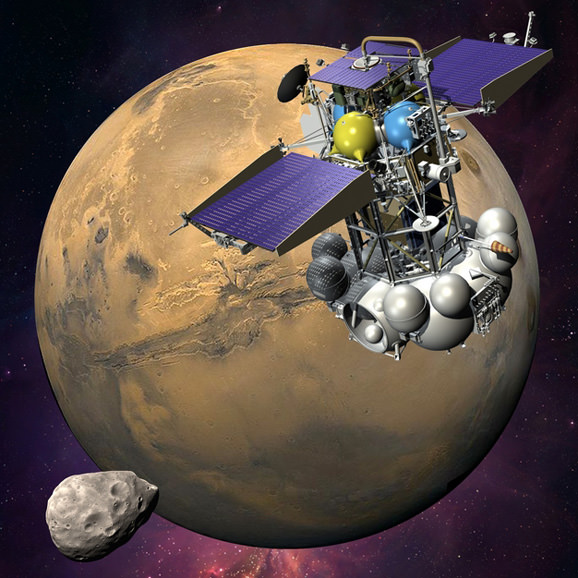PS: Official Phobos-Grunt Failure Report Released
Posted: Thu Feb 02, 2012 2:51 am
Official Phobos-Grunt Failure Report Released
Planetary Society | Louis D. Friedman | 2012 Jan 31
Phobos-Grunt Failure Due to Computer Problems, Cosmic Rays
Universe Today | Nancy Atkinson | 2012 Jan 31
Cosmic Rays Probably Killed Russian Mars Probe
Discovery News | Ian O'Neill | 2012 Jan 31
Planetary Society | Louis D. Friedman | 2012 Jan 31
Roscosmos, the Russian Space Agency, has released its official report concerning the failure of the Phobos-Grunt spacecraft, which fell back to Earth from orbit on January 15 after failing to ignite the engines that were to take it to the largest Martian moon.
News agencies are reporting that the investigating commission blames the failure on space radiation from charged particles, which damaged poor-quality "imported" electronic chips. This seems an unlikely cause and, at best, an oversimplification. Until we read a translation of the actual report, we can't be sure what it actually says.
As Principal Investigator for the Phobos LIFE capsule and an experimenter on the mission, I have requested a copy of the Roscosmos report to analyze. When I better understand what is known and why the spacecraft failed to start its engines to leave Earth orbit, I will report back to Planetary Society Members, who supported our LIFE experiment with their donations.
Phobos-Grunt Failure Due to Computer Problems, Cosmic Rays
Universe Today | Nancy Atkinson | 2012 Jan 31
Cosmic Rays Probably Killed Russian Mars Probe
Discovery News | Ian O'Neill | 2012 Jan 31

